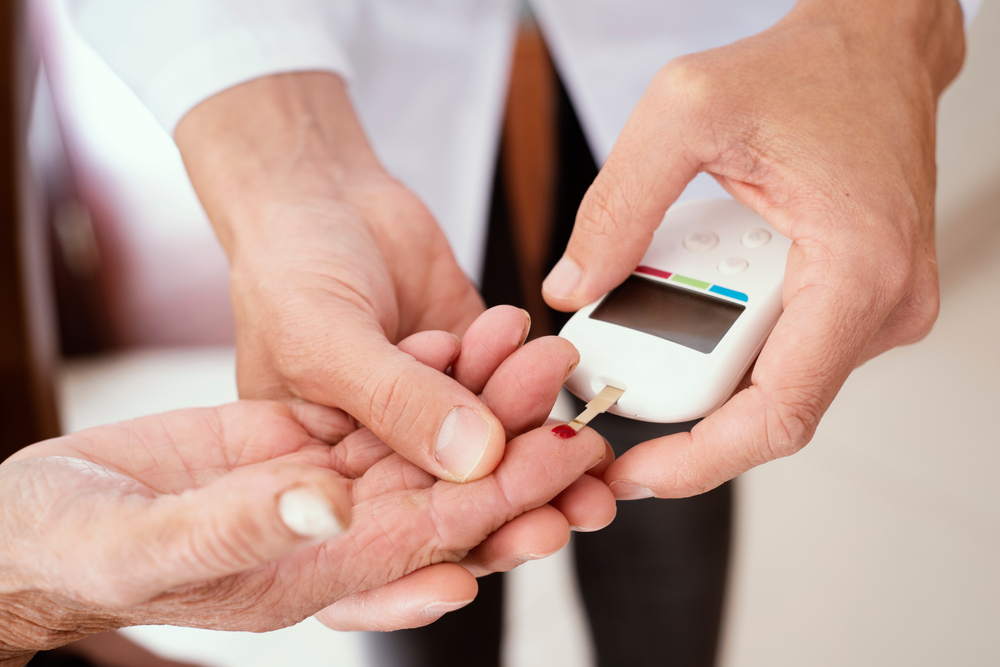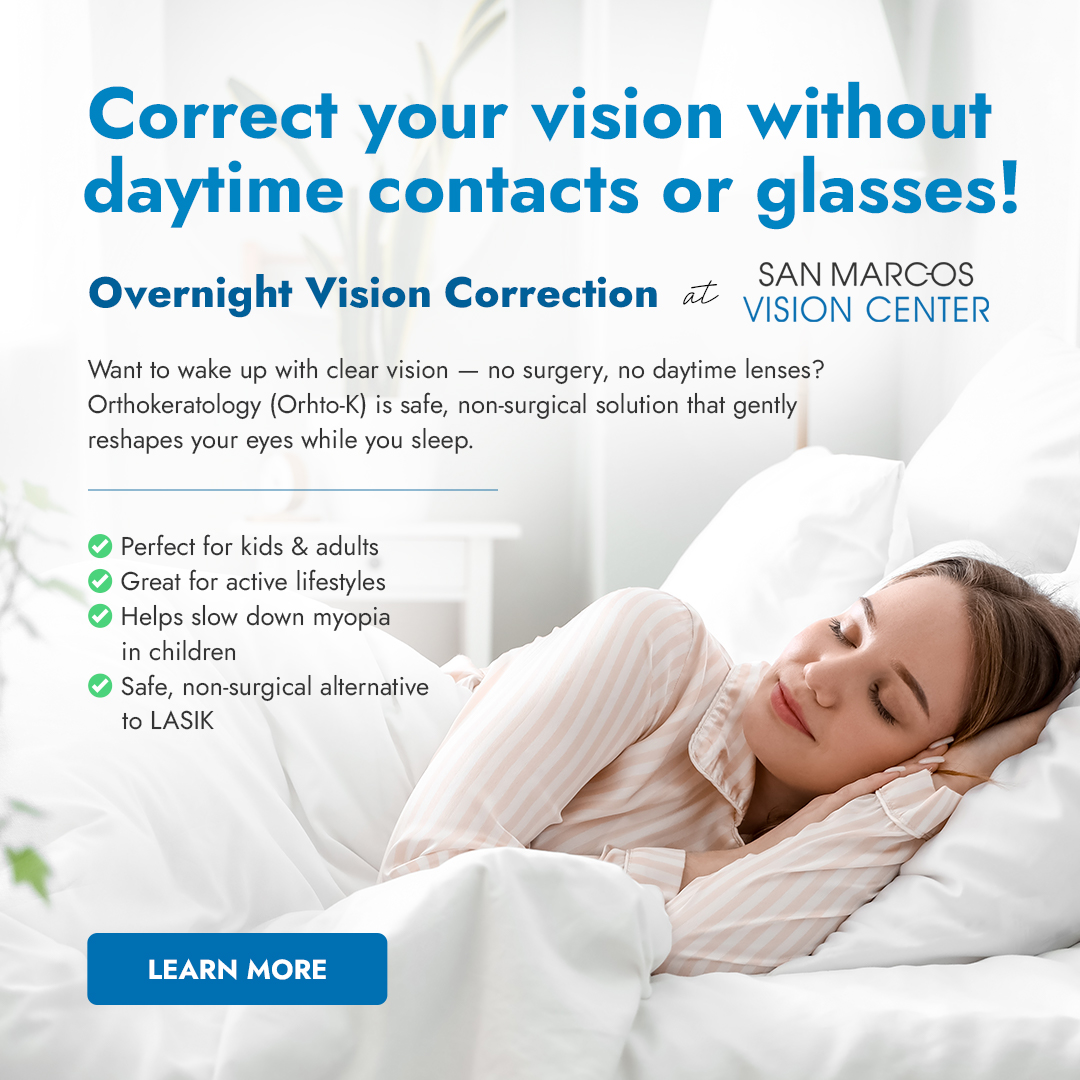
Living with diabetes has its challenges, and one area that often gets overlooked is eye health. However, diabetes can significantly increase the risk of serious vision issues like glaucoma, cataracts, and retinopathy. Adequate eye care is an integral part of diabetes management and can save your vision. Here are some essential eye care tips for people living with diabetes.
Understanding Diabetic Eye Complications
Diabetes can lead to a number of serious complications in the eyes, which, if not accurately diagnosed and treated, can result in significant vision loss or even blindness. It's important to understand these complications and their potential impact.
Diabetic Retinopathy
Diabetic Retinopathy is the most common eye complication associated with diabetes. This occurs when high blood sugar levels cause damage to the blood vessels in the retina – the light-sensitive layer of tissue at the back of the eye. Over time, this damage can escalate, causing vision loss.
Stages of Diabetic Retinopathy
Diabetic Retinopathy typically progresses through four stages:
● Mild Nonproliferative Retinopathy: The initial stage is characterized by small areas of balloon-like swelling in the retina's tiny blood vessels.
● Moderate Nonproliferative Retinopathy: In this stage, the blood vessels that nourish the retina may swell and distort. They may also lose their ability to transport blood.
● Severe Nonproliferative Retinopathy: More blood vessels become blocked, leading to areas in the retina being deprived of their blood supply.
● Proliferative Diabetic Retinopathy (PDR): This is the most advanced stage. New, abnormal blood vessels form on the surface of the retina, which can bleed, causing vision to blur dramatically.
In the early stages, Diabetic Retinopathy often does not present any symptoms. However, as the condition progresses, symptoms may include:
● Appearance of spots or dark strings drifting across your vision (floaters)
● Blurred vision
● Fluctuating vision from day to day
● Dark or empty areas in your vision
● Changes in color perception
If left untreated, Diabetic Retinopathy can lead to blindness.
Diabetic Macular Edema (DME)
Diabetic Macular Edema (DME) is a complication of diabetes caused by fluid accumulation in the macula—the part of the retina that controls our most detailed vision abilities. This fluid accumulation results from leaking blood vessels, causing the macula to swell.
When DME develops, the resulting symptoms can include:
● Blurred or wavy central vision
● Impaired color perception
● Potential progression to significant vision loss if left untreated
Glaucoma
People with diabetes stand a higher risk of developing glaucoma, in which the optic nerve is damaged due to increased intraocular pressure. This damage can lead to partial or complete vision loss.
The symptoms of glaucoma can include:
● Blurred or hazy vision
● The appearance of rainbow-colored circles around bright lights
● Severe eye and head pain
● Nausea
● Sudden sight loss
Interestingly, glaucoma often exhibits no symptoms until a significant amount of vision is lost.
Cataracts
Those with diabetes are statistically at a higher risk of developing cataracts, a condition where the eye's lens becomes clouded, leading to blurry vision. If left untreated, cataracts can cause severe vision loss.
Early cataract symptoms may include:
● Blurred vision
● Perception of glares or halos around lights
● Colors appearing less bright than before
Without treatment, cataracts can progressively worsen, leading to significant vision loss over time.
Tips for Maintaining Eye Health
Maintaining eye health is paramount for everyone, regardless of age or lifestyle. However, it becomes even more critical for individuals with conditions like diabetes, where the risk of eye complications is significantly increased.
Regular Eye Examinations
Arguably the most crucial step in preventing diabetes-related eye complications is regular, comprehensive eye examinations. The American Diabetes Association recommends an annual exam for most people with diabetes. A detailed eye exam, including dilating your eyes, allows your optometrist to have a clear look at your retina and optic nerve for signs of damage and other eye problems. Early diagnosis and treatment can prevent up to 95% of diabetes-related vision loss.
● Schedule a yearly eye checkup with an ophthalmologist.
● Ask your healthcare provider about dilated eye exams.
● Inquire about the different types of eye exams available if necessary.
● Discuss any changes in your vision with your optometrist during each visit.
Control Your Blood Sugar Levels
High blood sugar levels can cause damage to the blood vessels in your retina, which can lead to diabetic retinopathy, a severe eye disease. This condition can cause blindness if not treated promptly. Regularly monitoring your blood sugar levels and maintaining them within your target range can significantly reduce this risk.
● Monitor your blood glucose levels at home on a regular basis.
● Maintain your diet plan created by a dietician specializing in diabetes management.
● Take your prescribed diabetes medications regularly.
● Control your intake of carbohydrates as they influence glucose levels.
Monitor Your Blood Pressure and Cholesterol Levels
People with diabetes often have high blood pressure and elevated cholesterol levels, both of which can damage their eyes and vision. Studies have shown that controlling these can reduce the risk of vision loss among diabetics. Regular exercise, a healthy diet, medication, and regular monitoring can assist in watching these health indicators.
● Check your blood pressure and cholesterol levels regularly—ask your doctor how often.
● Eat foods low in sodium, saturated fats, and cholesterol.
● Maintain a regular exercise routine to keep your blood pressure and cholesterol levels in check.
● Take prescribed blood pressure and cholesterol medications as advised by your doctor.
Quit Smoking
Smoking increases the risk of several eye diseases, including cataracts, glaucoma, macular degeneration, and diabetic retinopathy. For people with diabetes, quitting smoking is an essential step towards preserving vision.
● Set a quit date and inform family and friends for support.
● Avoid triggers that make you want to smoke, like alcohol or caffeine.
● Consider using nicotine replacement therapy (gum, patches, or lozenges).
● Seek professional help if needed, like counseling or support groups.
Take Good Care of Your Glasses or Contact Lenses
Keeping your glasses or contact lenses clean and well-maintained will ensure clarity of vision and reduce strain on your eyes. If you perceive any changes in your vision, do not delay visiting your optometrist, as this could signify a change in your eye health related to diabetes.
● Clean your glasses or contact lenses daily with a recommended solution.
● Store them in a protective case when not in use.
● Book regular optometrist appointments to keep your prescription updated.
● Replace old or damaged glasses or contact lenses as needed.
Maintain a Healthy Diet
A diet rich in multi-colored fruits and vegetables provides essential antioxidants and vitamins, all beneficial for eye health. Foods rich in Omega-3 fatty acids can also help to preserve vision. Proper nutrition can help keep your blood sugars, blood pressure, and cholesterol levels in check, reducing your risk of eye problems.:
● Incorporate a variety of fruits and vegetables of different colors into your daily meals.
● Consume fish high in omega-3 fatty acids, like salmon, mackerel, or sardines.
● Avoid processed and sugary foods that can spike blood sugar levels.
● Choose whole grains over refined carbohydrates to better manage blood sugar.
Be Active
Regular physical activity can help control diabetes by reducing your blood sugar levels and providing numerous other health benefits. It also enhances your overall well-being, improves your circulation, and can prevent other chronic conditions linked to eye problems.
● Choose an enjoyable physical activity, such as walking, swimming, or yoga.
● Create a routine that includes both aerobic exercise and strength training.
● Aim for at least 150 minutes of moderate-intensity exercise per week.
● Consult your healthcare provider before starting any exercise regimen.
Recognize the Early Signs of Eye Trouble
Early detection and treatment of eye issues can help prevent significant vision loss. See your doctor immediately if you notice any changes like blurry vision, floaters, flashing lights, any pain or pressure in your eyes, or sudden loss of vision.
● Familiarize yourself with symptoms of common eye problems.
● Monitor your vision regularly for any changes or new symptoms.
● Report any concerns or sudden changes to your healthcare provider promptly.
● Schedule additional eye exams if needed to track any ongoing issues.
Remember to Blink
When focused on digital devices or other intricate visual tasks, we forget to blink, causing our eyes to dry out. Dryness can be a significant issue for people with diabetes, leading to discomfort and potential eye complications. Make it a habit to blink regularly, especially when using digital devices.
● Use the 20-20-20 rule: take a break every 20 minutes, and look at something 20 feet away for 20 seconds.
● Remind yourself to blink more frequently during visually demanding tasks.
● Consider using a timer or app to remind you to take breaks and blink.
Stay Hydrated
Good hydration is critical for overall health and eye health. People with diabetes may also be at risk of dry eyes. Consuming ample liquids can help keep your eyes lubricated and healthy.
● Drink at least eight 8-ounce glasses of water per day, or as recommended by your healthcare provider.
● Consume water-rich fruits and vegetables like watermelon, cucumber, oranges, and tomatoes.
● Avoid excessive caffeine, alcohol, and high-sugar beverages, which can lead to dehydration.
Treatment Options for Diabetic Eye Complications
In managing diabetic eye complications, prompt diagnosis and treatment can prevent or slow down the progression of vision loss. Here are the general treatment options available:
Laser Therapy
Laser therapy, also known as photocoagulation, is primarily used in the treatment of Diabetic Retinopathy and Diabetic Macular Edema. There are two types:
● Focal Laser Treatment: This slows the leakage of blood and fluid in the eye. It's done in a single session, where leaks from abnormal blood vessels are treated.
● Scatter (Pan Retinal) Laser Treatment: This shrinks the abnormal blood vessels and generally requires two or more sessions.
Intravitreal Injections
Intravitreal injections are used to deliver medication directly into the eyes to treat conditions such as Diabetic Macular Edema and Proliferative Diabetic Retinopathy. Medications used often fall into one of the following categories:
● Anti-Vascular Endothelial Growth Factor (Anti-VEGF): These drugs block the actions of a protein that can cause abnormal blood vessels to grow and leak fluid, swelling the retina and decreasing vision.
● Corticosteroids: Steroid medications can reduce inflammation and decrease the swelling of the retina.
Medications
Oral or injected medications can help control blood sugar levels, blood pressure, and cholesterol levels, thus slowing down the development or progression of diabetic eye complications.
Surgery
Surgery may be necessary in advanced stages of diabetic eye disease, particularly if there is significant bleeding into the eye (vitreous hemorrhage) or if retinal detachment occurs.
Procedures can include:
● Vitrectomy: This surgical procedure involves the removal of the vitreous gel to clear away blood from leaking vessels.
● Retinal Detachment Surgery: If the retina has detached, surgery involving laser, freeze treatment (cryotherapy), or gas bubble (pneumatic retinopexy) may be necessary to reattach it.
Conclusion
In conclusion, maintaining a rigorous eye care regimen is of paramount importance for people with diabetes. It's essential to understand that safeguarding your sight goes way beyond that standard yearly eye checkup. Embrace these tips in your routine to maintain the healthiest eyes possible, even in the face of diabetes. By staying vigilant about your vision, you're not just looking out for your eyes, but you're also safeguarding your quality of life.

 Specialty Contacts
Specialty Contacts





